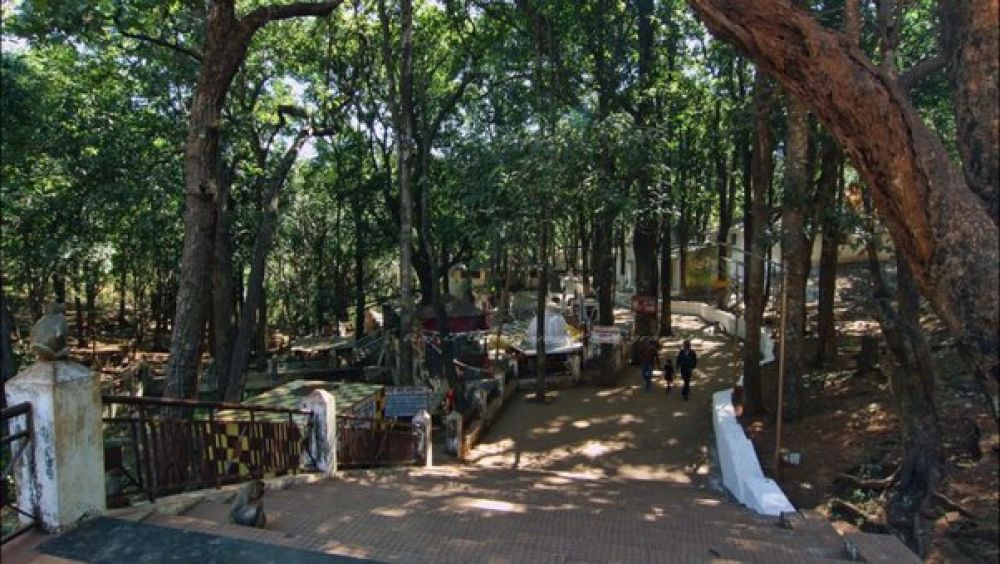

Amarkantak, known as the 'Teerthraj' (King of Pilgrimage sites), is a revered Hindu pilgrimage center that is said to be the origin of two important rivers in India - the Narmada and the Sone. The town is nestled in the Maikal Mountains of Madhya Pradesh, India, and has been a significant spiritual destination for centuries.
Mai ki Bagiya, translating to "Mother's Garden," is a small garden located about 5 km from Amarkantak. This serene garden holds religious significance as it is dedicated to the Goddess Narmada. According to the lore, goddess Narmada is believed to have played here as a child.
The history of tourism in Amarkantak and Mai ki Bagiya can be traced back to the times when sages and ascetics visited this region for meditation and spiritual quests. The sanctity of the place is mentioned in ancient scriptures, attracting pilgrims from all over India.
However, it wasn’t until the British colonization of India that tourism in the form of exploration and travel for leisure began to develop in the region. With the setting up of British administration, infrastructure, and the discovery of the unique biodiversity of the region, Amarkantak and its surroundings, including Mai ki Bagiya, steadily started gaining popularity among travelers.
In the post-independence era, with the Indian government's efforts to promote tourism, a number of initiatives were undertaken to preserve and enhance Mai ki Bagiya's appeal. The area has been developed to accommodate tourists, with pathways and sitting areas that allow visitors to enjoy the natural beauty of the orchard.
Moreover, with the rise of spiritual and eco-tourism, Mai ki Bagiya's appeal has significantly increased, allowing visitors to indulge both in spirituality and nature.
In recent years, Amarkantak and Mai ki Bagiya have seen a rise in thematic and sustainable tourism practices. The latest trends include:
Today, Mai ki Bagiya remains an integral part of the Amarkantak pilgrimage circuit, offering a combination of religious significance and natural beauty. With proper preservation and sustainable tourism practices, it is poised to remain a cherished destination for many years to come.